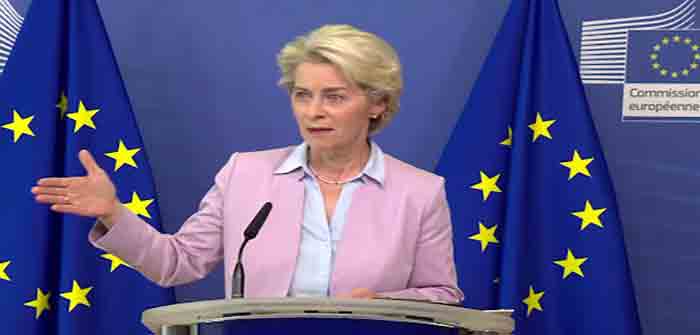
by The Seneca Effect

As all empires do, the Roman Empire went through its cycle of glory and decline. In the 5th century AD, as Europe entered the Middle Ages, the Empire had disappeared except as a memory of past greatness. In the following centuries, the population of Western Europe declined to a historical minimum, maybe less than 20 million people. Europe became a land of thick forests, portentous ruins, small villages, and petty warlords fighting each other. No one could have imagined that, centuries later, Europeans would become the dominators of the world.
With Europe recovering from the 5th-century collapse, new precious metal mines in Eastern Europe started pumping wealth into the continent. The result was explosive. Already in 800 AD, Charlemagne, King of the Franks, could assemble an army powerful enough to create a new Europe-wide Empire, the “Sacred Roman Empire.” With the turn of the millennium, the European population was rapidly growing, and it needed space to expand. Europe was a coiled spring, ready to snap. In 1095, a burst of armies emerged out of Europe, crashing into the Near East. It was the time of the Crusades.
Initially, the invasion of the Middle East was a spectacular success:…

